1. The Declaration.
Thomas Jefferson's phrase "All men are created equal" did something unique: it proclaimed an idea that would become the
founding principle of a new nation; it told Americans who they were. Britons knew who they were, or thought they did. For
this reason, this first class will concentrate on the nascent American identity rather than the British; it also goes back
to the Eighteenth Century, as a prelude to the rest of the course, which will deal with the Nineteenth.
Yet separation between Britain and America was not immediate and, in the arts at least, it was never absolute. In the
first hour we shall look at portraits on both sides of the Atlantic, and depictions of Revolutionary War battles, many
painted by American expatriates in London. We shall also find that most of the patriotic songs of the time were written to
hijacked British tunes. The second hour of the class will consider how the youngest and the oldest of the authors of the
Declaration of Independence, Thomas Jefferson and Benjamin Franklin, offered contrasting models of what it was to be an
American, both of which have lasted to this day. rb.
The script, videos, and images will be posted immediately after class.
TO THINK ABOUT
For most of these sessions, I shall offer a little comparison for you to think about in preparation for the class. These
will work like the ones on the syllabus page but will be a bonus, not appearing in the class itself. Think about the two
images shown, clicking on them to enlarge them separately. Click the button for some specific questions to consider, and
click again for possible answers to these questions.
Here are brief bios of the artists, composers, and writers considered in the class, listed in order of birth.
An alphabetical listing of artists for the whole course can be found at the
BIOS link on the syllabus page.
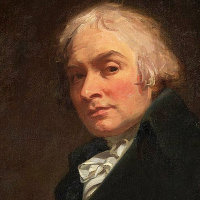 |
George Romney, 17341802. English painter.
Born in the Northwest of England, Romney struggled when he came to London in 1762, as he seemed to have earned the enmity of Benjamin West, and was never invited to join the Royal Academy. All the same, he became one of the most successful portraitists of his time, somewhat Romantic in nature, and especially inspired by the actress Emma Hamilton (who was, however, the mistress of Admiral Nelson).
|
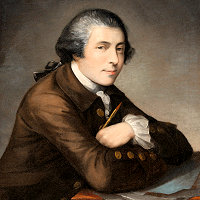 |
Matthew Pratt, 17341805. American painter.
A painter from Pennsylvania, Pratt escorted his cousin to London in 1764 for her marriage to Benjamin West, and remained there for over two years as West's pupil before returning home.
|
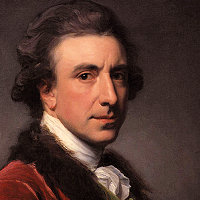 |
Nathaniel Dance, 17351811. English painter.
The son of an architect, Dance established himself as a society portrait painter, whose subjects included David Garrick, Captain Cook, and George III. In later life he entered politics and was made a baronet under the title of Sir Nathaniel Dance-Holland.
|
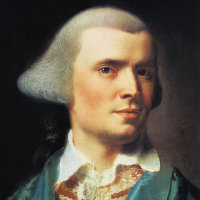 |
John Singleton Copley, 17381819. American painter.
Born probably in Boston, Copley esatablished himself as a portrait painter befor moving permanently to London at the age of 36. He cemented his reputation with a number of history paintings such as Brook Watson and the Shark (1778), The Death of Chatham (1781), and several Revolutionary War scenes shown from the British perspective.
|
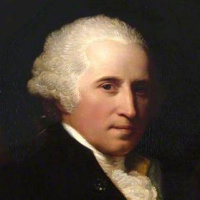 |
Benjamin West, 17381820. American painter working mainly in England.
Although he set up as a portraitist, it was as the painter of historical and mythological subjects that he made his name. A founding member of the Royal Academy in 1768, he became its president in 1792. His London studio became a Mecca for American artists studying abroad.
|
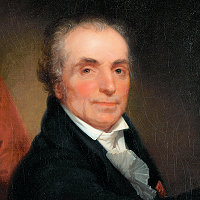 |
Jean Antoine Houdon, 17411828. French sculptor.
As the master of the neoclassical portrait bust, Houdon found commissions on both sides of the Atlantic, creating sculptures of George Washington, Benjamin Franklin, and Robert Fulton, as well as Diderot, Voltaire, Louis XVI, and Napoleon in his home country.
|
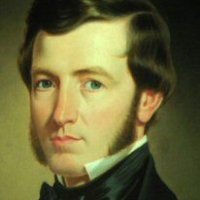 |
William Billings, 17461800. American composer.
Originally a tanner by trade, he became one of the first American-born composers, essentially self-taught, writing hymns, somewhat more complex "fuguing tunes," and patriotic songs.
|
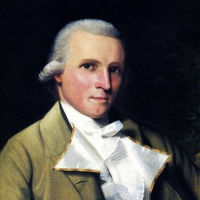 |
Ralph Earl, 17511801. American painter.
A self-taught portraitist and British loyalist, Earl moved to England during the War of Independence, breaking with his father, who was a colonel in the revoltutionay army. This did not stop him from returning to America after the war ended, however, and resuming a modestly successful career. [The portrait here, though by Earl, may not be of him.]
|
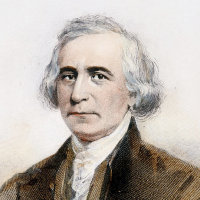 |
Philip Freneau, 17521832. American poet.
At Princeton, Freneau was a friend of James Madison who, with Jefferson and others, supported his editorship later in life of the anti-Federalist newspaper, The Partisan Gazette. His earlier career during the War (including a stint as a sailor and subsequent capture by the British) gave background to his satirical and polemical pieces, earning him the unofficial title of "Poet of the Revolution.
|
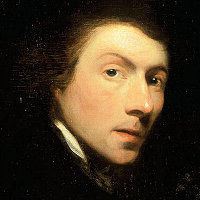 |
Gilbert Stuart, 17551828. American painter.
Although a patriot, Stuart, who was born in Rhode Island, went to Britain in 1775 and studied with Benjamin West, mking his name with his 1782 full-length portrait of Sir William Grant (The Skater). He returned to the US in 1793 (leaving many commissions unfinished) and there became the de facto presidential portraitist, painting all six of the first Presidents.
|
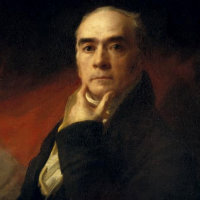 |
Sir Henry Raeburn, 17561823. Scottish painter.
The leading Scottish portrait painter of his time, noted for the forthright quality of his technique, giving his figures an outstanding presence.
|
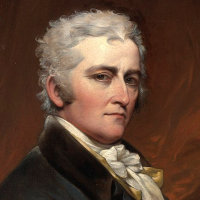 |
John Trumbull, 17561843. American painter.
Trumbull fought in the American War of Independence, and founded his career on depictions of battles and other key historical events. He spent several years in London working with Benjamin West, and was even imprisoned there for several months for his part in the Revolution.
|
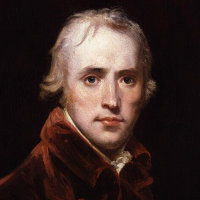 |
John Hoppner, 17581810. English painter.
Hoppner's Io of 1785, an unusual subject for him, reflects his main strength as a portrait painter of much charm.
|
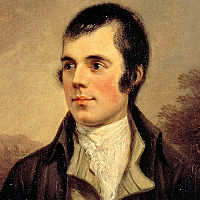 |
Robert Burns, 175996. Scottish poet.
Rabbie Burns is often regarded as the national poet of Scotland, where his birthday (1/25) is an occasion for the often-drunken singing of his many songs. His manner as "peasant-poet" was largely assumed; he was in fact quite well educated, and held his own with other figures of the Scottish Enlightenment. He wrote mainly in a Scottish dialect, but it is mostly intelligible to non-Scots.
|
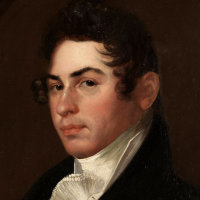 |
John Neagle, 17961865. American painter.
A pupil of Thomas Sully, Neagle became the most fashionable portrait painter in Philadelphia. The realism of his Pat Lyon at the Forge is therefore not typical of him, but was done at the request of the sitter.
|
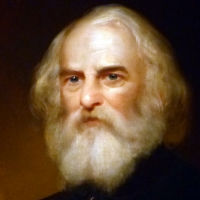 |
Henry Wadsworth Longfellow, 180782. American poet.
Longfellow was born in Maine, and taught at Bowdoin College and later at Harvard. His American themes and stirring diction made him the most popular poet of his day and earned him a reputation abroad. His Song of Hiawatha (1855) and similar poems employed the form of the Finnish Kalevala to create a similar Native American myth.
|
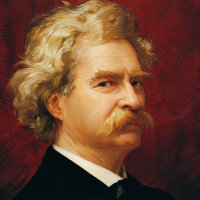 |
Samuel Langhorne Clemens (Mark Twain), 18351910. American writer.
Lacking success in his first careers as a river pilot and then as a mining engineer, he turned to journalism, then to novel writing (e.g. The Adventures of Huckleberry Finn, 1885), and is hailed variously as "greatest humorist this country has produced" (obituary) and "the father of American Literature" (Faulkner).
|
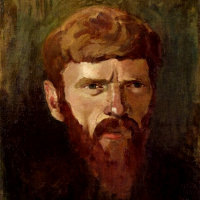 |
D. H. Lawrence, 18851930. English novelist and poet.
DH (David Herbert) Lawrence was described by EM Forster (who should know) as "the greatest imaginative novelist of our generation." He was little understood in his time, however, with his major novels Sons and Lovers (1913), Women in Love (1920), and Lady Chatterley's Lover (1928) all subject to censorship for their frank dialogue and explicit treatment of sex. As a result, he spent much of his career in virtual exile. He was also an eloquently lyrical poet and accomplished painter.
|
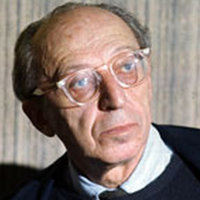 |
Aaron Copland, 19001990. American composer.
Trained in Paris, Copland began writing in the style of the European avant garde, but in his ballet commissions in the 1930s and 1940s, such as Billy the Kid, Rodeo, and Appalachian Spring, he developed the open folk-inflected style that has become, for many people, the sound of American music.
|
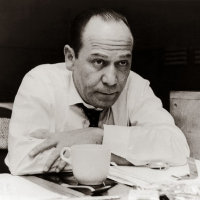 |
Frank Loesser, 191069. American composer.
Loesser wrote over 700 songs in his 40-year career, together with the musicals Guys and Dolls, How to Succeed in Business Without Really Trying, The Most Happy Fella, and the film Hans Christian Anderson.
|
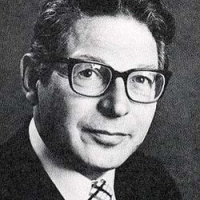 |
Sherman Edwards, 191981. American composer.
A jazz pianist and songwriter, Edwards is remembered for his one big hit, the musical 1776, for which he wrote the original book, lyrics and music. It is about the events leading up to the Declaration of Independence.
|
 |
Alan Bennett, 1934 . English playwright.
One of the original Beyond the Fringe quartet (with Peter Cook, Dudley Moore, and Jonathan Miller), Bennett turned to writing plays such as The Madness of King George (1972) and The History Boys (2005), which have been performed at the National Theatre and worldwide.
|
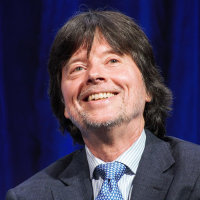 |
Ken Burns, 1953 . American filmmaker.
Burns' documentaries such as The Civil War (1990), Baseball (1994), and Jazz (2001), pioneered a singlar style combining expert interviews with old photographs brought to life with the cameraa pan-and-zoom technique that is now commonly known as "the Ken Burns effect."
|










































































